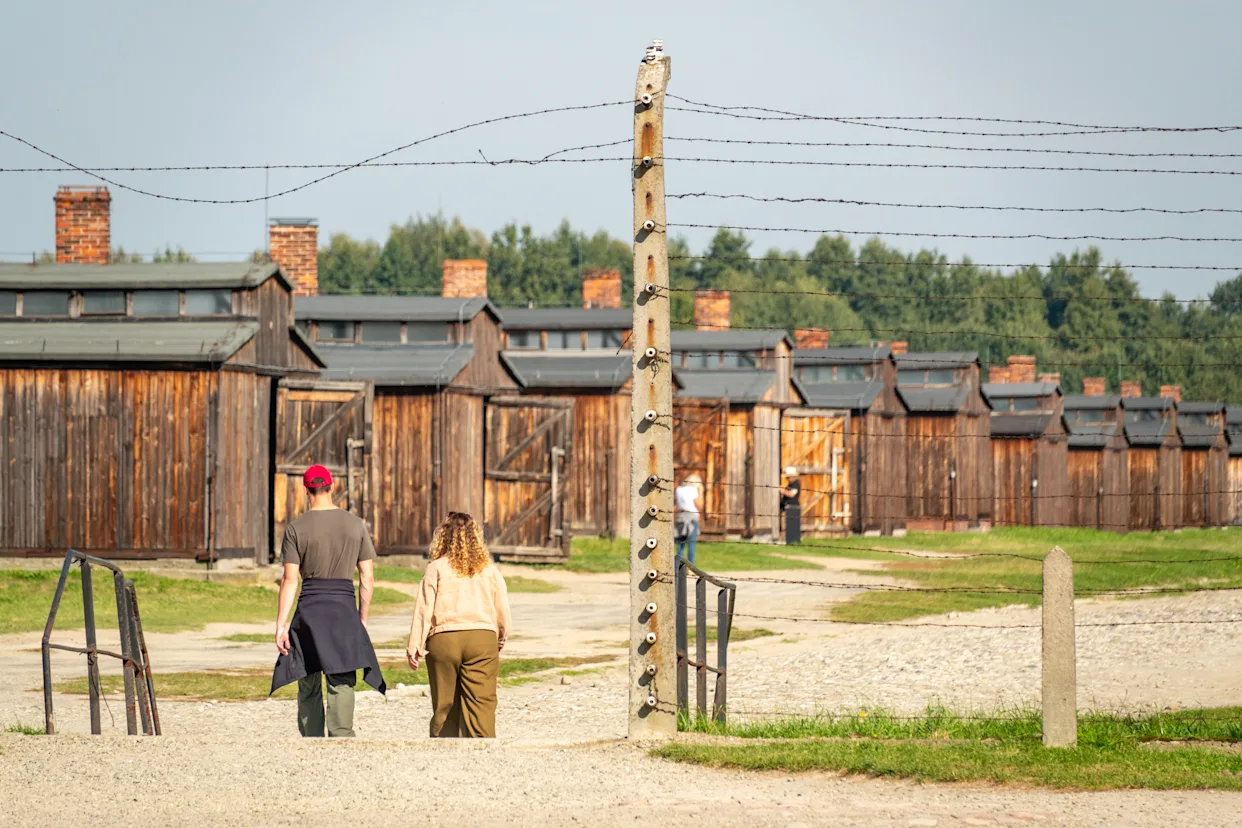Tourism is often associated with leisure, beauty, and escape a way to experience joy and discovery. Yet, a compelling and controversial branch of travel known as dark tourism turns this idea on its head. Instead of sun-soaked beaches or vibrant cities, dark tourism draws travelers to sites of tragedy, suffering, and death. From concentration camps to disaster zones, these destinations invite reflection on humanity’s darkest moments and the enduring power of memory.
1. Understanding Dark Tourism
Dark tourism refers to travel to places historically associated with death, tragedy, or the macabre. These can include war memorials, genocide museums, former prisons, disaster sites, or even locations tied to crime and catastrophe.
Some of the most well known dark tourism sites include Auschwitz Birkenau in Poland, Ground Zero in New York, Hiroshima Peace Memorial Park in Japan, and Chernobyl in Ukraine. These sites serve as powerful reminders of loss, resilience, and the consequences of human action (or inaction).
Dark tourism is not about morbid curiosity it is about confronting history, understanding collective trauma, and preserving memory for future generations.
2. The Psychology of Visiting Sites of Tragedy
Why do people choose to visit places of pain and death? Psychologists suggest that dark tourism satisfies a deep human need to understand mortality and morality. Travelers seek meaning in the aftermath of tragedy hoping to connect with the stories of those who lived, suffered, and persevered.
For many, such visits are acts of remembrance and respect. Standing on the grounds of a former battlefield or memorial site creates a tangible connection between past and present, transforming history from abstract fact into emotional reality.
However, for some, the allure lies in curiosity or fascination with the macabre a motive that has sparked ethical debates about the appropriateness of such tourism.
3. The Educational and Memorial Function
At its best, dark tourism serves as an educational and commemorative practice. Museums, memorials, and guided tours at these sites often aim to teach visitors about historical events, ensuring that the lessons of the past are not forgotten.
For instance, the Rwanda Genocide Memorial in Kigali and the Holocaust Memorial in Berlin both embody this dual purpose educating visitors while honoring the victims. These spaces provide opportunities for reflection, empathy, and collective healing. They challenge societies to confront uncomfortable truths and prevent history from repeating itself.
4. Ethics and the Commercialization of Tragedy
Despite its educational potential, dark tourism raises important ethical questions. When tragedy becomes a tourist attraction, where is the line between remembrance and exploitation?
Some critics argue that the commercialization of grief through ticket sales, souvenir shops, or insensitive photography the memory of victims. Others believe that responsible tourism can help preserve these sites, support local economies, and promote global awareness.
The challenge lies in intent and presentation. When managed ethically with sensitivity, respect, and educational purpose dark tourism can serve as a profound cultural and moral experience. When managed poorly, it risks turning tragedy into spectacle.
5. Media, Pop Culture, and the Rise of “Dark Curiosity”
The media has played a significant role in popularizing dark tourism. Documentaries, films, and television shows often romanticize or dramatize tragic events, turning real suffering into entertainment. The HBO miniseries Chernobyl (2019), for example, reignited interest in visiting the nuclear disaster site causing a surge in tourism that included both thoughtful visitors and thrill seekers seeking Instagram worthy content.
This intersection of tragedy and tourism reveals both the power and the peril of storytelling. While media exposure can raise awareness, it can also distort narratives and encourage shallow engagement with profound history.
6. Dark Tourism as a Mirror of Humanity
Ultimately, dark tourism reflects our collective desire to make sense of human suffering. These journeys force us to ask difficult questions about morality, justice, and remembrance. They remind us that tragedy is part of our shared human experience and that memory is a tool for both mourning and transformation.
For many, visiting such places is not about darkness itself, but about the light that follows how societies rebuild, forgive, and move forward. In this way, dark tourism is not a fascination with death, but a search for meaning, compassion, and resilience.
Conclusion
Dark tourism challenges conventional notions of travel by turning sites of sorrow into spaces of learning and reflection. It walks the fine line between education and exploitation, remembrance and curiosity. When practiced respectfully, it deepens our understanding of history, honors the memories of the lost, and reminds us of the fragility of human life.
In the end, dark tourism is less about exploring tragedy than it is about confronting humanity its failures, its endurance, and its unending quest to remember, so that we may never forget.






